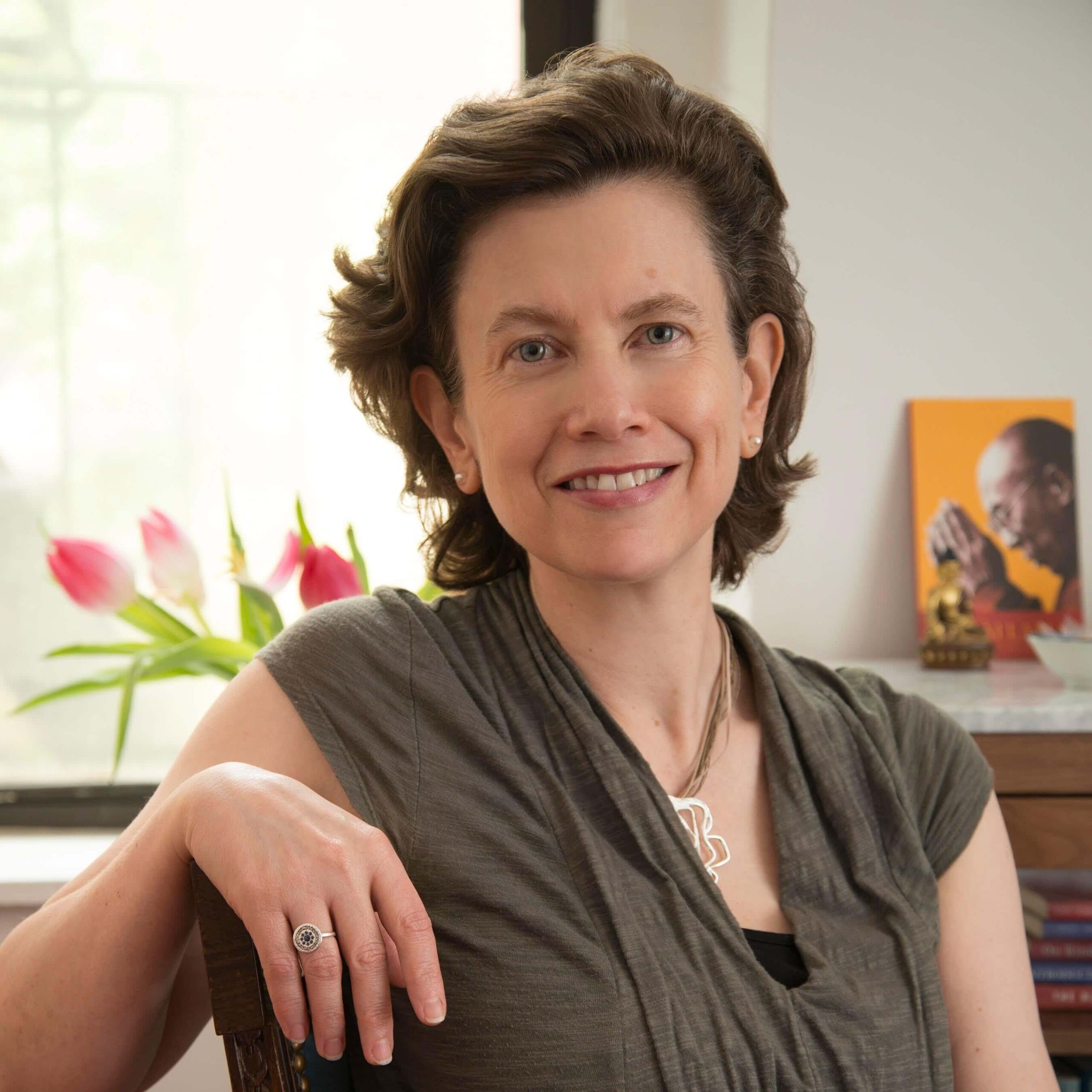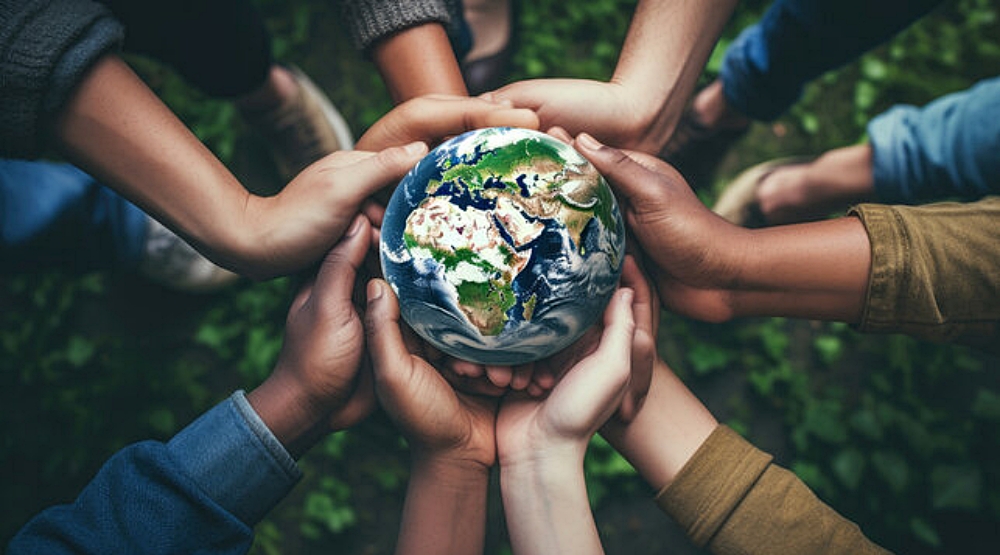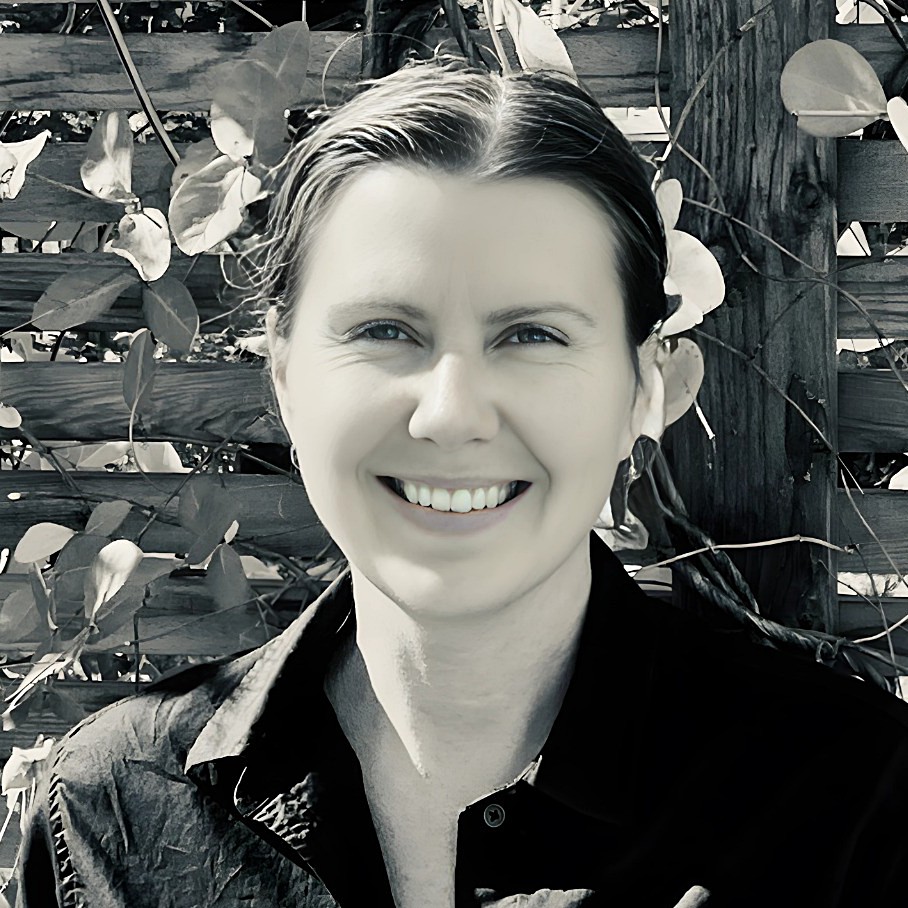BCBS is thrilled to unveil a new resource for study and practice: Women in the Buddha’s Life (WIBL)! The WIBL learning modules are freely offered in the spirit of generosity.
On the WIBL webpages, you will find stories about women who were part of the Buddha’s life: his birth mother, his adoptive mother, his wife, and some of his disciples. We hope these stories will help you reflect on how you see the world and how you live in it.
The WIBL exploration starts with the following modules:
- Gopa Stands in Her Power
- Maya’s Guidance for Gotami
- The Buddha Rises from His Coffin
- Khujjuttara, the Servant who Taught Her Queen What is Right
- Patachara and her Student Chanda
- When the Buddha and His Mother Were Elephants
We plan to add two new modules per month, totaling 16 modules, enabling you to engage with the WIBL resources, whether alone or with others, for a sustained period of study and practice.
We are grateful to the esteemed WIBL Team, including Wendy Garling, Charles Hallisey, Georgia Kashnig, and Janet Surrey, for their important work and for sharing their reflections on the WIBL project:
1. Where did the idea come from for the Women in the Buddha’s Life project?
It came from kismet. That’s probably the most honest answer that we can give. We actually don’t remember in the same ways how the project started and we don’t think about how it evolved over the years in the same ways either. So the most honest answer is that it started because of kismet and it evolved in the way it did because of kismet.
Wendy and Jan met in 2016 by chance and Jan and Charlie met by chance in the same year. Jan introduced Wendy and Charlie to each other. We didn’t know each other before, but we began to say yes to each other even when we didn’t quite know what we were saying yes to. One factor that may have encouraged all those yes’s was that we each had just published a book related to the theme, the women in the Buddha’s life. The idea of a website emerged quite early, too, but we had no idea of even how to imagine it. Looking back, it seems that, quite simply, we were just saying yes to doing more with each other. Georgia joined our conversations a little later. They too joined simply by saying yes to doing more with Wendy, Jan, and Charlie.
The headwaters for the project gradually began to come into view. It was just us sharing the stories that we each knew from across the Buddhist world about particular women in the Buddha’s life, including his mother, his wife, his adoptive mother, disciples, and friends, and we found that our discussions together about these stories just rolled on and on. We couldn’t get enough of talking together about them, and sharing other stories about these women, and we always wanted to continue. We started inviting others to read together with us in small groups to discover together how these stories are alive, relevant, surprising, and inspiring. The talk in these face-to-face meetings always just rolled on and on, too.
During the COVID pandemic, we wanted to continue meeting despite the necessity of social distancing. We started experimenting with online reading sessions for small groups, and people from far away began to join us, even from other continents. New possibilities began to come into view and we began to imagine and talk more concretely about how it might be possible to share some of what we had discovered in our small group meetings through a website.
2. Why is this project meaningful to you personally and professionally?
The stories of the women in the Buddha’s life have not received the attention that we feel they should and sharing them with others is meaningful for each of us. Our experiences reading them together and with others have shown us just how many new dimensions and fresh insights they contain into not only Buddhist life but human life generally. We have found that they also provide new insights into the Buddha’s teaching, the Dharma. For each of us, these stories continue to inform our individual teaching lives, whether in university classrooms or in dharma halls, but they also continue to speak to our personal reflections in our homes. It is that quality of the stories to change persons that we became particularly keen to try to share through a website.
This potential of the stories to speak to us in our lives today became apparent to us because of our experiments with different ways of reading them. This is one of the most important things that can be found on the website: suggestions on different ways of reading these stories. This guidance is called “Resources for Reflection” and can be found after each of the stories. It is important, however, to remember what is said there: “There are many ways to read a text, just as there are many ways to spend time with a good friend. Included here are a variety of resources for reading and reflection. They are like conversation-starters meant to facilitate an encounter between a reader or readers and a text.”
3. What is your aspiration for the project in the world?
We are so very pleased to see this project come to life on the beautiful new BCBS website and we hope that it facilitates the sharing of these stories as resources for reflection beyond anything that we could accomplish ourselves, no matter how many small group meetings we might be able to convene in our lifetimes. We hope that the conversations that will be set in motion by engaging these stories in different ways, by turning them over again and again, and by entering into the worlds of the stories in different ways will roll on and on, just as our own conversations about them have.
We hope that those who come to the website will come with an openness to experimentation too and that they will find ways of engaging with these stories, not only learning about the women in the Buddha’s life but also learning from them valuable lessons for their own lives and practice. We have found that reading together with others is an especially fruitful way to engage the stories, so we imagine that users of the website will form their own small groups to read together and use the exercises included with each story to start their discussions, but we also expect that users of the website will create helpful reading practices of their own, and we look forward very much to being told about what people come up with in their own experimentations.
We invite you to explore the WIBL modules and join us in celebrating the contributions of these remarkable women. By integrating their stories into our understanding of Buddhism, we can cultivate a richer, more nuanced appreciation of the tradition and its history, while gaining insights into how we see the world and how we live in it.
To access these resources, visit our dedicated webpage, where you can find links to all materials and upcoming events related to this initiative. We plan to host a WIBL Course and WIBL Launch Event Conversation in 2025, which will be announced in our mid-September launch of the 2025 Program Calendar. We look forward to embarking on this journey of discovery and reflection with you.
In addition to the WIBL Team, we are grateful to The Frederick P. Lenz Foundation and Harvard Divinity School for their generosity in making the construction of the website possible.



